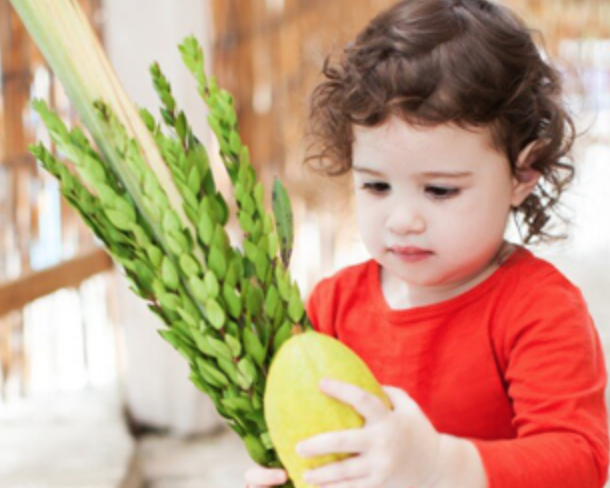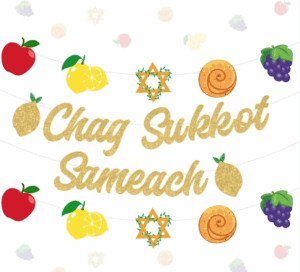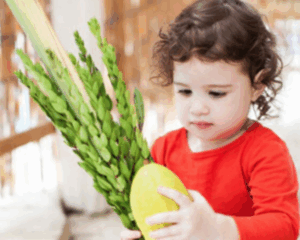Celebrating Succot – A Festival of Gratitude, Joy, and Reflection

As we welcome the month of October, the Jewish community prepares to celebrate one of the most joyful and meaningful festivals in the calendar: Succot, also known as the Feast of Booths or Tabernacles. 

This year, Succot begins on the evening of Monday 6 October and ends on Monday 13 October.
A Dual Celebration
Succot has two central meanings:
- Thanksgiving for the Harvest
Originally an agricultural festival, Succot is a time to give thanks for the earth’s produce and the bounty of the harvest season. - Commemoration of the Israelites’ Journey
Succot also marks the 40 years the Israelites spent wandering in the desert after escaping slavery in Egypt. During that time, they lived in temporary shelters — succahs (or sukkot in Hebrew) — relying on G-d’s protection as they journeyed through the wilderness.
The Succah: A Symbol of Faith
One of the most well-known traditions of Succot is building and spending time in a succah. These temporary huts are usually built outdoors with roofs made of branches or leaves, allowing you to see the sky through them.
Succahs are decorated with fruit, greenery, and colourful decorations, and many people eat their meals inside them during the week-long festival and some even sleep in their succahs to fully embrace the experience.
Succot encourages us to step outside the comforts of our home and reflect on the spiritual shelter G-d provides.
A Time of Joy and Togetherness
Known as the Season of Our Rejoicing – Succot is a festival of joy, unity and gratitude. It’s a time for community, gathering with others, and fulfilling the mitzvot (commandments) of the holiday together.
The Four Species: Lulav and Etrog
Another special tradition during Succot is waving the Four Species — the Lulav (palm branch), Etrog (citron), Myrtle (Hadass), and Willow (Aravah). Each of these plants represents a part of the body and a deeper spiritual lesson:
- Etrog (Heart): Feeling compassion and empathy for others
- Lulav (Spine): Standing strong with integrity
- Myrtle (Eyes): Seeing those who are often overlooked
- Willow (Lips): Speaking out and standing up for others
Together, they remind us that every part of ourselves — our thoughts, actions, and voices — can be used to promote kindness, faith, and community.
How Will You Be Celebrating Succot?
Whether you’re decorating a succah, sharing meals with loved ones, or simply taking a moment to reflect on the deeper meaning of the festival, Succot is a beautiful time to reconnect — with nature, our faith, and one another.
At jLiving, we wish all our tenant, leaseholders, staff, and community a chag sameach – a happy and meaningful Succot!